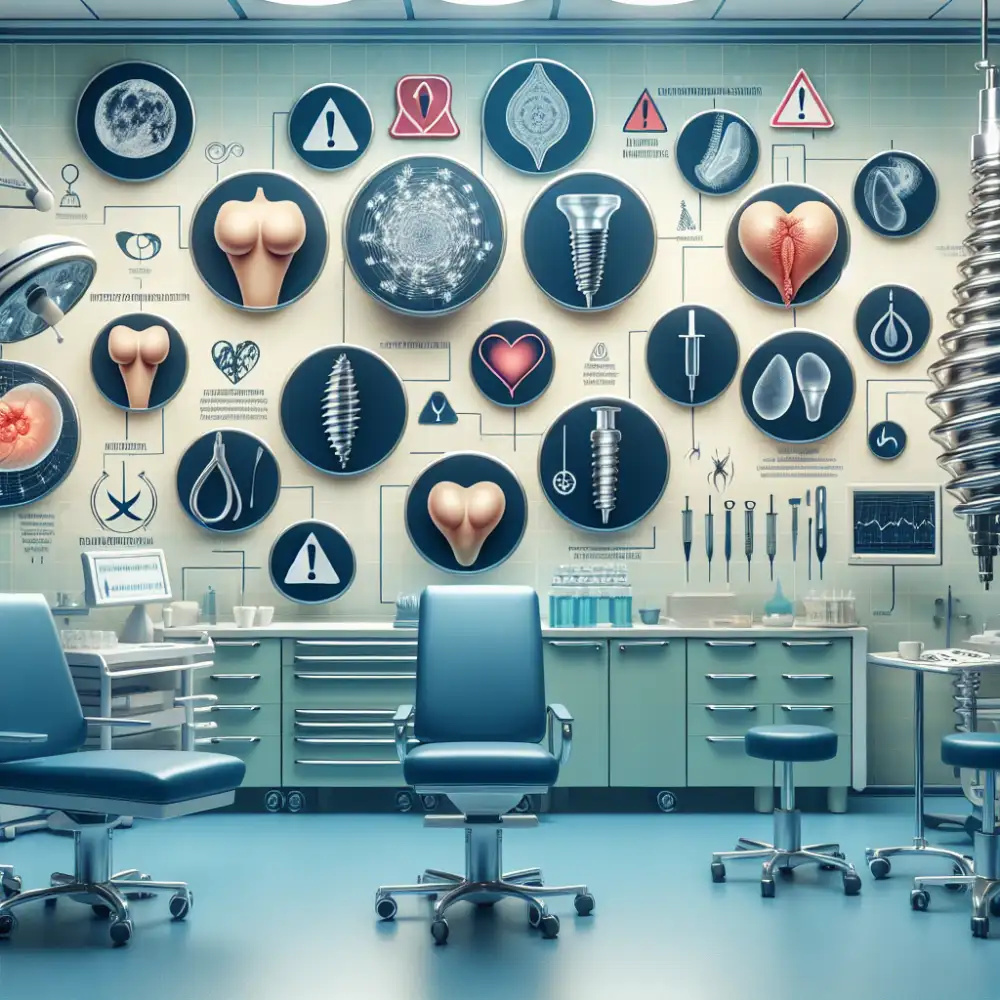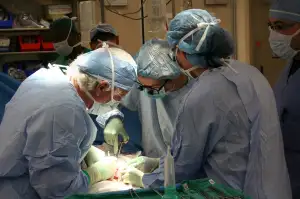Unveiling the Common Health Issues Associated with Ideal Implants: A Comprehensive Guide

Ideal Implants are a type of structured breast implant designed to provide a natural look and feel without the use of silicone gel. They consist of a series of nested shells that hold saline solution, offering women an alternative option for breast augmentation. Approved by the FDA in 2014, Ideal Implants have gained popularity for their unique design that aims to reduce common concerns associated with traditional silicone implants, such as silent ruptures and capsular contracture. Women considering breast augmentation may be intrigued by the innovative technology behind Ideal Implants and their potential benefits compared to other implant options.
Risk of Capsular Contracture
One of the common health issues associated with Ideal Implants is the risk of capsular contracture. Capsular contracture occurs when scar tissue forms around the implant, causing it to harden and potentially become misshapen. This complication can lead to discomfort, changes in breast appearance, and in severe cases, pain or tightness in the chest area. The risk of capsular contracture can vary depending on factors such as implant placement, surgical technique, and individual healing processes. Regular monitoring by a healthcare provider is essential to detect and address this issue promptly.
Potential for Implant Rupture
Ideal implants, like any medical device, carry the risk of rupture. While modern implants are designed to be durable, they are not indestructible. Ruptures can occur due to trauma, aging of the implant shell, or manufacturing defects. If a rupture happens, it may result in deflation of the implant and require surgical intervention to remove and replace the affected implant. Regular monitoring and follow-up with a healthcare provider are essential to detect and address potential ruptures promptly.
Concerns about Implant Rotation
One of the potential issues associated with Ideal Implants is the risk of implant rotation. This can occur when the implant shifts from its original placement within the breast pocket, leading to asymmetry in breast appearance. Implant rotation may require corrective surgery to reposition the implant properly. It is essential for individuals with Ideal Implants to be aware of this possibility and consult their healthcare provider if they notice any changes in their breast shape or feel. Regular follow-up appointments are recommended to monitor the stability and position of the implants to address any concerns promptly.
| Problem | Description | Estimated Occurrence Rate |
|---|---|---|
| Implant Failure | The implant fails to integrate with the bone, becomes loose, or breaks. | 1-5% |
| Infection | Bacterial infection can occur around the implant site, potentially leading to implant failure. | 1-2% |
| Nerve Damage | Implants placed near nerves can cause temporary or permanent numbness, tingling, or pain. | <1% |
| Allergic Reaction | Some individuals may experience allergic reactions to implant materials, causing inflammation or other complications. | Rare |
Allergic Reactions to Implant Materials
While rare, some individuals may experience allergic reactions to the materials used in Ideal Implants. These reactions can manifest as redness, swelling, pain, or itching around the implant site. Allergies are typically linked to silicone or saline, which are common components of breast implants. It's crucial for individuals considering breast augmentation with Ideal Implants to undergo allergy testing beforehand to identify any potential sensitivities and minimize the risk of adverse reactions post-surgery. If an allergy is detected, alternative options may need to be explored to ensure the safety and well-being of the patient.

Difficulty in Detecting Silent Ruptures
Detecting silent ruptures in Ideal Implants can be challenging as they may not cause noticeable symptoms. Unlike saline implants that deflate visibly, silicone gel leaks can go undetected without regular monitoring through imaging techniques like MRI scans. The FDA recommends women with silicone implants undergo an MRI three years post-surgery and every two years thereafter to check for silent ruptures. This highlights the importance of proactive surveillance to ensure the integrity of the implants and overall breast health.
Impact on Breastfeeding
Women who have undergone breast augmentation with Ideal Implants may face challenges when it comes to breastfeeding. While many women are able to successfully breastfeed after getting implants, there is a risk of interference with milk production due to the surgical procedure. The incision made during implantation can disrupt milk ducts and nerves in the breast, potentially affecting the ability to breastfeed. It is important for women considering breast implants to discuss these potential risks with their healthcare provider, especially if they plan on breastfeeding in the future.
Long-Term Health Effects of Ideal Implants
While ideal implants are designed to be safe and durable, there are concerns about potential long-term health effects. Studies have shown that women with breast implants may have a slightly increased risk of developing anaplastic large cell lymphoma (ALCL), a rare type of cancer that affects the immune system. Additionally, some research suggests a possible link between breast implants and autoimmune disorders. It is important for individuals considering ideal implants to weigh the benefits against these potential risks and consult with their healthcare provider for personalized advice.
Published: 06. 05. 2024
Category: Health



